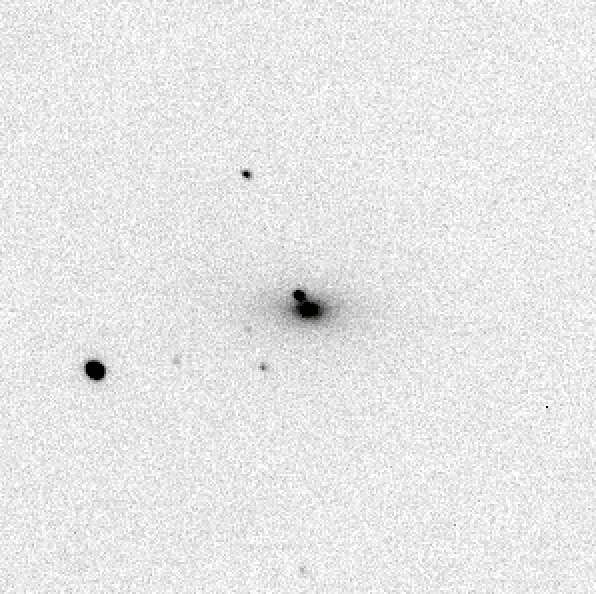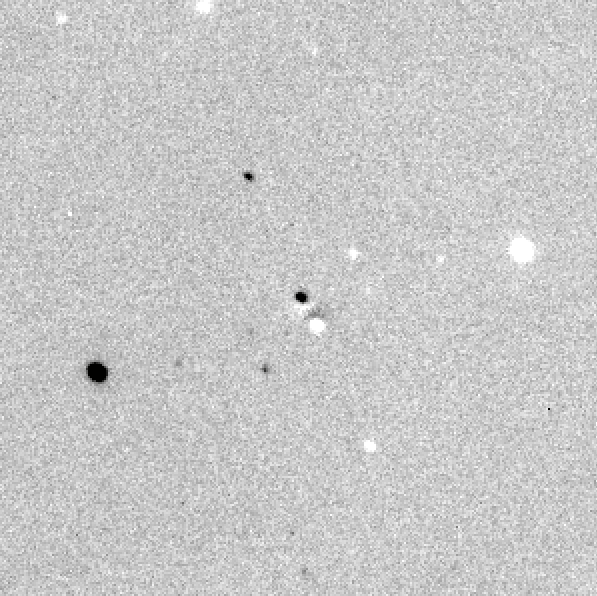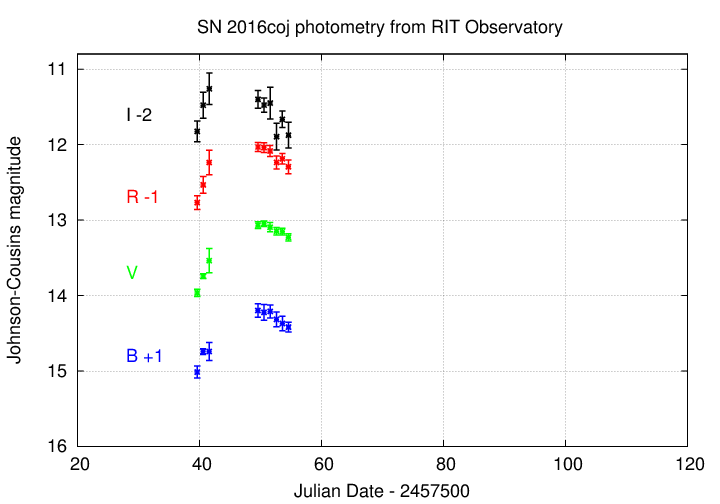
On the night of Jun 14/15, 2016, I observed SN 2016coj in NGC4125.
The main setup was:
Notes from the night
SN 2016coj is a Type Ia supernova in the relatively nearby galaxy NGC4125. It was discovered by the KAIT group some time before maximum light:
NGC 4125 RA = 12:08:05.7 Dec = +65:10:30 (J2000)

There are, alas, no really good sources of photometry for the stars marked above. I have created an interim set of magnitudes using the UCAC4 and converting the SDSS r and i magnitudes into Johnson-Cousins R and I via the conversion formulae of Jester et al. (2005). I hope to replace these interim values with better ones at some point.
letter B sigB V sigV R sigR I sigI ------------------------------------------------------------------------- A 10.981 0.004 9.888 0.006 9.247 0.032 8.651 0.036 B 15.202 0.004 14.130 0.005 13.621 0.032 13.146 0.035 C 13.320 0.004 12.671 0.006 12.302 0.032 11.955 0.036 D 15.939 0.003 15.038 0.007 14.370 0.031 13.749 0.034 F 13.066 0.004 11.663 0.006 10.947 0.032 10.282 0.035 G 15.047 0.006 14.365 0.006 13.977 0.032 13.613 0.035 -------------------------------------------------------------------------
I took sets of about ten 30-second guided images
in each filter.
The B-band and I-band images require longer
guider exposure times (because this guider looks
through the filter),
and the guiding wasn't as good in those passbands.
I discarded any trailed images.
It certainly isn't a perfect solution, since this galaxy is NOT perfectly symmetric, but it's easy to do and does remove much of the galaxy's light. Compare the original of one V-band image

to the rotsub version

Using aperture photometry with a radius of 4 pixels (radius of 5.5 arcsec), I measured the instrumental magnitudes of a number of reference stars and the target. Following the procedures outlined by Kent Honeycutt's article on inhomogeneous ensemble photometry, I used all stars available in each image to define a reference frame, and measured each star against this frame. I used the interim reference magnitudes above plus color terms which I am currently revising -- so please treat these results as preliminary to convert the ensemble instrumental magnitudes to the standard Johnson-Cousins BVRI scale.
Results from this evening are:
filter mag mag_uncert Julian Date SN B = 13.419 +/- 0.065 (ens 0.038 zp 0.053) 2457554.60169 SN V = 13.229 +/- 0.048 (ens 0.036 zp 0.032) 2457554.58630 SN R = 13.294 +/- 0.091 (ens 0.068 zp 0.060) 2457554.58664 SN I = 13.875 +/- 0.171 (ens 0.151 zp 0.079) 2457554.59450
Note the much larger uncertainty in I-band, due mostly to the difficulty of subtracting the galaxy's light.
Below is a preliminary light curve, based on RIT Observatory measurements.

Last modified 06/17/2016 by MWR.